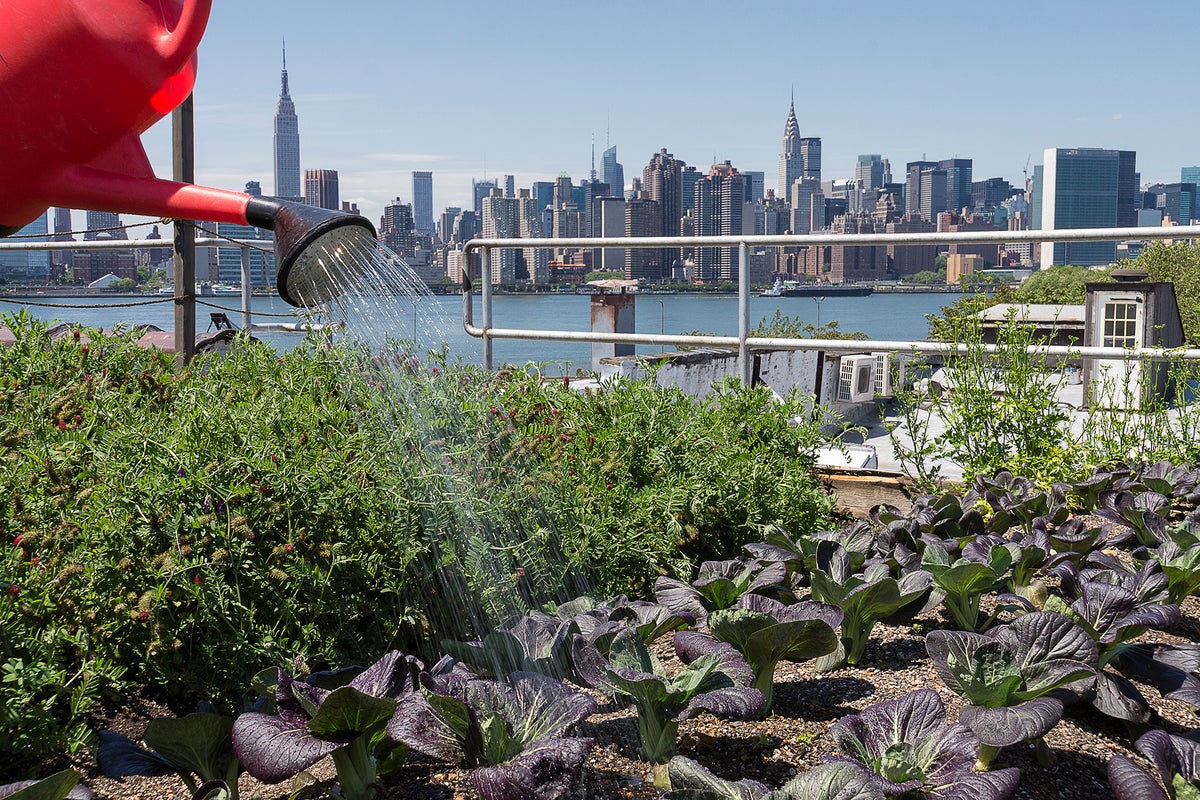Some Ideas on City Blooming You Need To Know
Table of Contents8 Simple Techniques For City BloomingThe 7-Second Trick For City BloomingThe 10-Minute Rule for City BloomingCity Blooming Fundamentals ExplainedThe Main Principles Of City Blooming
Interested in expanding food available in the City of Chicago? Thinking about starting an area yard? Modifications to the Chicago Zoning Statute permit agricultural uses like community gardens and city ranches in lots of parts of the city. Below is a list of regularly asked concerns concerning the guidelines and guidelines that farmers must think about when planning an urban farming project.
The zoning amendment does not change any kind of other codes managing composting, structure permits, purchasing or leasing City had property, company licenses or ecological contamination. There are existing codes that regulate these concerns and they remain completely effect and might apply to your project. Area gardens are normally had or managed by public entities, civic companies or community-based organizations and preserved by volunteers.
Urban ranches grow food that is planned to be sold, either on a nonprofit or for-profit basis. Because of their industrial function, metropolitan farms need a service permit. Yes. An area garden is allowed to offer excess create that was grown on site if the sales are accessory or subordinate to the yard's key purpose explained above.
The City Blooming Ideas
Composting is permitted but just for plant material that is produced and used on site. The amount of garden compost material can not exceed 25 cubic yards at any kind of offered time according to the standards in 7-28-715 of the City's Municipal Code. Yes. Since the dirt at many new garden websites requires amending, garden compost, soil, timber chips, or various other products can be obtained to construct or improve the growing room - eco-friendly practices.

If a building permit is required then the hoophouse will be taken into consideration an accessory building. You can locate out even more concerning the structure authorization needs by getting in touch with the Division of Structures. The 25,000-square-foot size limitation is planned to stop a solitary community yard from controling a given block or detracting from the block's existing residential or commercial personality.
The limit does not apply to gardens found in Public Open Space (POS) areas. Can there be even more than one area yard that is 25,000 square feet on a solitary block? Fencing is not called for, nevertheless, yards that have big auto parking areas may be needed to set up fence or other landscaping attributes.
Getting The City Blooming To Work
B1 & B2 districts call for that all commercial use tasks be carried out inside. Is secure fencing visit our website required for urban farms? Fences may be called for, along with landscaping and screening, for specific car parking areas and outside work or storage locations depending on place and the particular activity taking location.
Yes. Urban ranches require structure permits and zoning authorizations before building and construction. Various other forms of city testimonial may be called for depending upon particular frameworks, activities, dimension, landscaping, licensing, public heath and stormwater monitoring issues. A number of these needs are determined in the task design or allowing process, however, the applicant might be accountable to individually recognize particular licenses or permits that might be needed.
The Division of Company Affairs and Customer Protection can help figure out the details kind of service permit that's required. Off street auto parking is needed for the majority of business tasks in Chicago. The called for number of parking areas is based on the number of staff members functioning on website and not the square video footage of the expanding area.
The Best Strategy To Use For City Blooming

Yes. A city farm can offer compost material generated on site, nonetheless, the procedure has to adhere to the regulations in 7-28-715 of the Chicago Municipal Code. Yes. Aquaponic systems are enabled inside your home on city farms in several zoning areas. However, a zoning testimonial and structure permit is needed in order to mount structures or systems and a business certificate is called for as explained over.
As much as 5 hives or nests of honey bees may be maintained as an accessory use. Beekeepers need to sign up with the Illinois Division of Farming. To find out more concerning the suggested zoning amendment you might speak to the Division of Real Estate and Economic Growth, Bureau of Preparation and Zoning at 312.744.8563.
, which takes area in rural locations at the side of residential areas.
Getting The City Blooming To Work
It can entail an activity of natural cultivators, "foodies" and "locavores", who seek to develop social networks established on a common values of nature and area holism. These networks can establish by method of official institutional assistance, becoming incorporated into local town as a "shift community" movement for sustainable metropolitan advancement.
In either case, the more direct access to fresh vegetable, fruit, and meat products that might be realised with urban agriculture can boost food security and food safety and security while decreasing food miles, leading to lower greenhouse gas emissions, consequently contributing to climate adjustment mitigation. A few of the very first proof of urban agriculture originates from Mesopotamia.